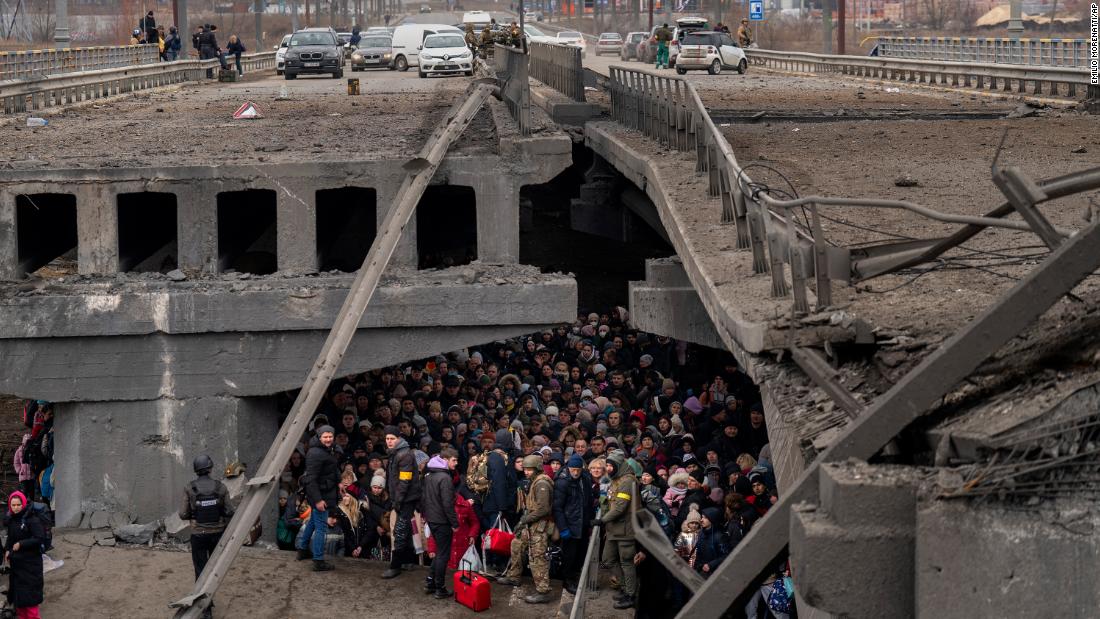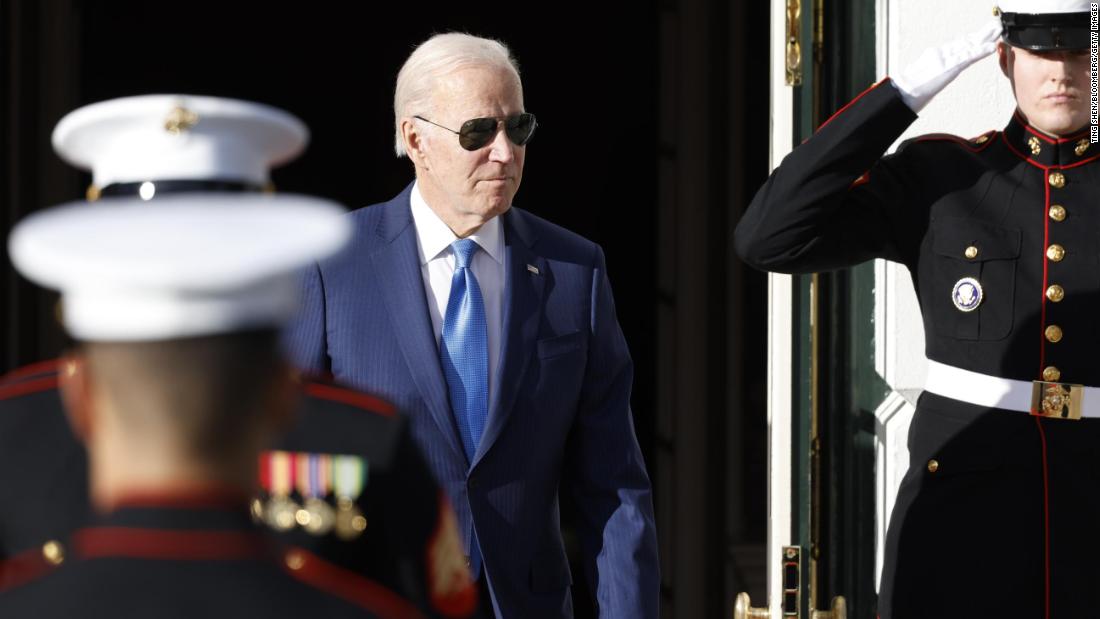Why Trump-Era Kleptocracy Still Haunts Our Justice System
It would be a mistake to treat the corruption, shadowy schemes, and fraud of the previous administration as ancient history, writes the author of a forthcoming book. The chill on the government’s efforts to go after white-collar criminals has lingered long after Trump left office.

This week, Thomas J. Barrack, Jr., who chaired Donald Trump’s 2017 inaugural committee, asked a federal judge to dismiss charges in connection with his alleged illegal lobbying for the United Arab Emirates. According to the New York Times, it was his first “substantive response” to his indictment last July on those charges.
The move went mostly unnoticed by the media, which has for understandable reasons moved on from its laser focus on the former administration to more compelling current events―like the prospect of war in Ukraine.
But it would be a mistake to treat the corruption, shadowy schemes, and fraud of the Trump era as ancient history. The former president himself reminded us that contempt for the law continues to motivate his actions, when during a Texas rally last week he vowed to pardon the Jan. 6 Capitol rioters “if” he were elected president in 2024.
Then, in an evident attempt at a repeat performance of that mob action, he called on his supporters to take to the streets to protest the prosecutors who were investigating his financial and post-election scheming in New York, Washington, D.C. and Atlanta.
The less-than-subtle message was enough to persuade Fulton County, Ga., prosecutor Fani T. Willis to request a security risk assessment from the FBI of the courthouse where she is planning to impanel a special grand jury in May to look into accusations that Trump and his allies tried to improperly influence the outcome of the 2020 presidential election in that state.
The signal from the former president to individuals like Barrack also couldn’t be clearer: Wait till I get back into the White House, and you might get a pardon too.
The Power of Pardons
The depth of the political corruption during the Racketeer-in-Chief’s term in office is captured by the former president’s use of the pardoning power. In comparison to the last five presidents before him, Trump pardoned significantly fewer imprisoned offenders.
Instead, it was largely lobbyists and others who helped him to secure the presidency or influence foreign political relationships who received the benefit of clemency. Trump seldom used the formal pardon process in place, preferring to simply decide these matters by himself.
Trump’s pardon considerations were typically auctioned off to people willing to pay the price of their freedom: starting at bids of $50,000. There are several noted accounts of lobbyists paying $100,000 and all the way up to $750,000 to a variety of lobbying firms that supported Donald Trump’s political aspirations.
Of course, political criminals and co-conspirators Stephen Bannon and Roger Stone received their pre-empted pardons from Trump “free of charge.” Others, like convicted and pardoned Paul Manafort, were bought for their silence.
Paying huge sums of money towards Donald Trump’s political empire not only could get someone out of prison, but it even landed one man a place on Trump’s trust fund board for the Library of Congress.
He was only one of many of Trump’s lobbyists to land a government position.
Why do these stories from the past matter?
The chill they left on the government’s efforts to go after white-collar wrongdoers has continued long after Trump went into exile at his Florida country club.
During Trump’s four years as president, not only did the enforcement of the crimes of the powerful reach an all-time low, but at the same time white-collar and corporate crime as well as governmental corruption or kleptocracy reached new heights.
And as I write in a forthcoming book, these social realities of criminal unfairness are reflective of the dark and illegal activities that Donald Trump has pursued at home and abroad since the early 1990s to obtain social, political, and economic power in the United States.
To be sure, the Joe Biden administration has made an effort to change things.
During 2021, there was an increase in regulatory oversight, investigations, and new enforcement actions. There have been several high-profile cases, such as the trial of Theranos founder Elizabeth Holmes or the New York indictments against the Trump Organization and its CFO Allen Weisselberg.
Significantly, the Securities and Exchange Commission’s enforcement division brought forth a rise in the number of stand-alone enforcement actions.
Among these cases were “auditor misconduct, insider trading, bribery schemes and misleading claims surrounding special purpose acquisition company (SPAC) transactions.”
Nevertheless, I do not believe that this signals the beginning of a reversal of the downward trend, or under-enforcement, of white-collar and corporate crime in the United States.
50% Drop in White-Collar Prosecutions Since 2001
Over the past two decades, white-collar prosecutions declined steadily from 9,507 prosecutions in 2001 to a projected 4,727 prosecutions in 2021, a 50.3 percent drop.[1]
Between 2010 and 2014, there were a total of 1,309 or 262 annual prosecutions of corporate offenders (215) and corporations (47).[2]
For the same four years, there were 1,010,340 criminal referrals processed by federal prosecutors of which 10,879 or 1.1 percent were for alleged corporate violations. The remaining 98.9 percent were for alleged individual offenders.[3]
Among these, there were 3,337 criminal corporate referrals to the FBI, and 6.6 percent or 220 cases prosecuted or 54 annually.[4]
In sum, white-collar crimes annually now make up just over three percent of federal prosecutions.
Meanwhile, the costs per year to the U.S. economy and taxpayers are $300 billion from white-collar crime and $1.5 trillion from corporate crime, for a total of $1.8 trillion or more than twice the $800 billion costs for all the other crimes in society combined.[5]
Changing this will require confronting the kind of political racketeering that Trump epitomizes.
But so far, the former president has been able to slither away with no accountability.
After decades of crime and corruption, will the law catch up with the Houdini of White-Collar Crime?

Gregg Barak
Asking that question leads to another one: Even if the former president ends up behind bars in an orange jumpsuit, how likely will it be that another “Trumpian” with a debt to pay the former leader finds his or her way into the Oval Office―and issues a pardon?
Gregg Barak is an emeritus professor of criminology & criminal justice at Eastern Michigan University, the North American Editor of the Journal of White Collar and Corporate Crime, and the author of the forthcoming Criminology on Trump (May 2022).
Endnotes
[1] Eva Herscowitz, 2021. White-Collar Crime Prosecutions Continue 20-year Decline. The Crime Report. June 10. https://thecrimereport.org/2021/08/10/white-collar-crime-prosecutions-continue-to-decline/.
[2] TRACREPORTS, 2016. U. S. Prosecution of Corporate Crime Varies Widely by Location, Program, and Agency. January 20. https://trac.syr.edu/tracreports/crim/411/.
[3] Ibid.
[4] Ibid.
[5] Evan Curran, 2021. New research examines the cost of crime in the U.S., estimated to be $2.6 trillion in a single year. Research News. Feb. 5. https://news.vanderbilt.edu/2021/02/05/new-research-examines-the-cost-of-crime-in-the-u-s-estimated-to-be-2-6-trillion-in-a-single-year/.

 Landwebs
Landwebs 

























